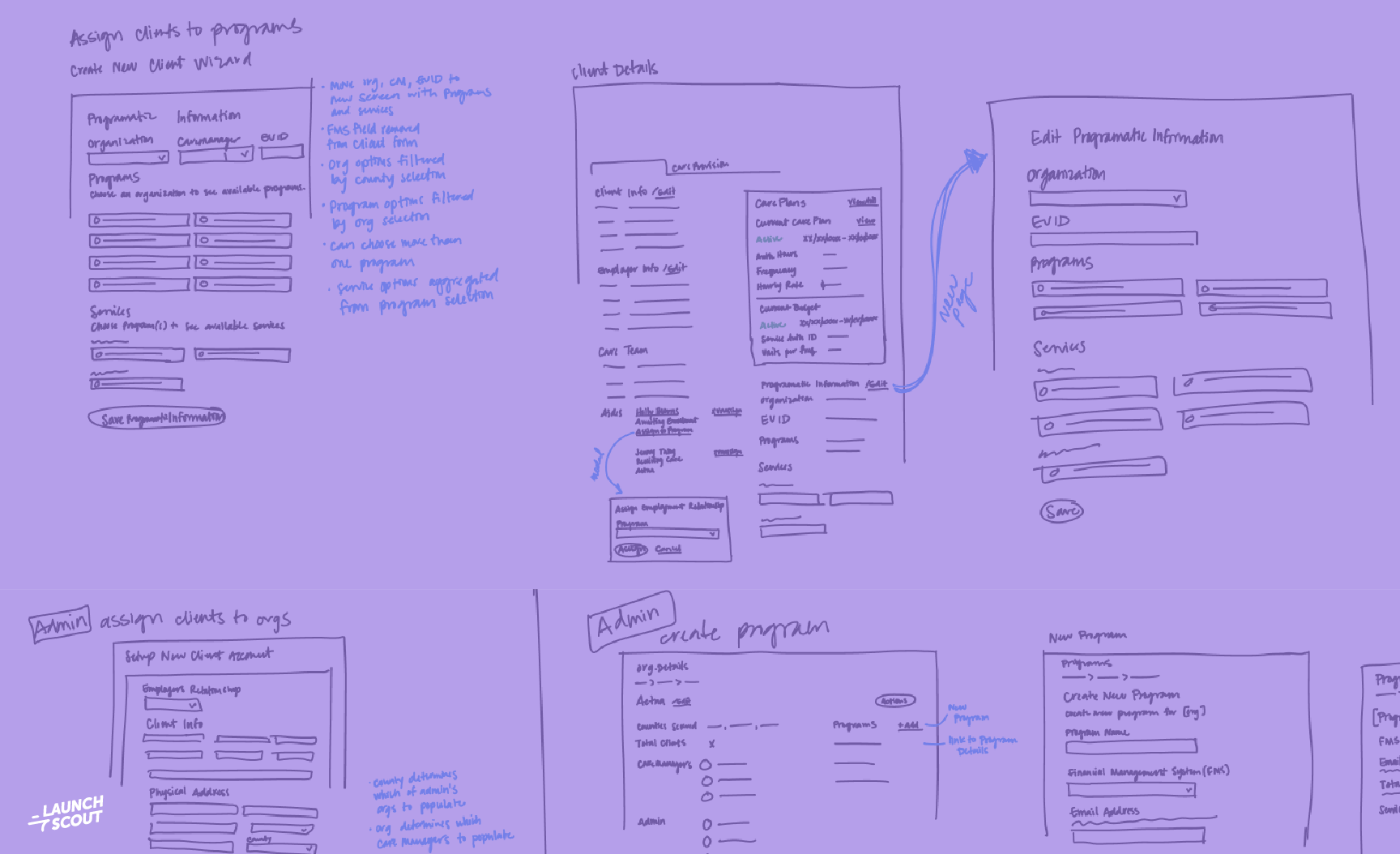12 August 2013
Block, Element, Modifier
Why?
CSS is the last frontier of web development. It’s usually a cluttered, unorganized mess of random styles crammed in a file. There’s always some attempt at keeping things organized, but the lack of structure eventually catches up and now you’re spending an hour digging through the CSS in the inspector.
There are a few “pioneers” in this space, though. They’re bringing some much needed structure to the world of CSS. A couple of patterns have emerged: SMACSS and BEM.
SMACSS attempts to stay as generic as possible, which is noble. I’m a firm believer that generic styles are the most powerful. Create the “look and feel” and implement the style guide, then start building.
Building web applications is a little different, though. We’re really creating systems of components that can be re-used throughout the application. Ideally, anyway.
This is where BEM makes sense. As developers, we like object oriented code. We like namespaces and objects. BEM is an attempt to replicate that syntax with CSS.
What is it?
Block, Element, Modifier.
Blocks are independent entities. Components, if you will. An example of a block might be a search form.
Elements are, well, elements. They’re the HTML elements that exist within the block. In our search form example, they might be:
- the input field
- the button
Modifiers are “states”. For example, when we’re using the search form,
we might want to highlight it. We could add an active modifier to the
block to indicate that.
How Does it Work?
It’s actually pretty simple, once you understand the reasons. Let’s keep using the search form. Here’s the markup, without classes.
<form method="get" action="/search">
<label>
Search
<input type="text" name="search" />
</label>
<input type="submit" value="Find Stuff!" />
</form>
Here’s the markup using BEM:
<form method="get" action="/search" class="search">
<label class="search__label">
Search
<input type="text" name="search" class="search__field" />
</label>
<input type="submit" value="Find Stuff!" class="search__action"/>
</form>
Here’s the CSS that we might use:
.search {
border: 1px solid #ddd;
padding: 10px;
}
.search__label {
font-weight: bold;
}
.search__field {
width: 30%;
margin-right: 10px;
}
.search__action {
width: 10%;
}
Now, let’s add that active state we talked about:
.search--active {
box-shadow: 0px 0px 12px rgba(50, 50, 50, 0.75);
}
Add it to the markup:
<form method="get" action="/search" class="search search--active">
<label class="search__label">
Search
<input type="text" name="search" class="search__field" />
</label>
<input type="submit" value="Find Stuff!" class="search__action"/>
</form>
And here it is:
And here it is active:
In the Wild
Want to learn more about BEM? Check out the BEM information site. It’s chock full of graphics, illustrations and code samples.
There’s a pretty awesome Sass framework called inuit.css that’s authored
by the creator of BEM, too. We’re currently investigating this for our
own use.
Also, check out the introduction to BEM on CSSWizardy, too.
UPDATE: I fixed my incorrect HTML syntax. Thanks admiralteal!
Also, Harry isn’t the author of BEM. Yandex is.


